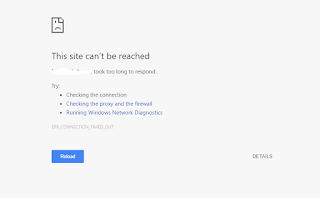Upgrading Dell M4700 from 500G HDD to 1T Samsung Evo 850 SSD v-nand
Below is a list of things encountered when upgrading a Dell Precision M4700 laptop with Windows 7 with a 500G HDD to a 1 terabyte Samsung Evo v-nand 850 SSD.
- Used HDClone 7 Free Edition to make a copy of the current harddisk. Copied onto a Samsung T5 external SSD. HDClone very nicely copies over everything, even from a live (running) Windows 7 machine. It creates all partitions also on the external SSD; these are visible as separate drives when reconnecting the USB drive. It can be even made bootable, but I didn't need that.
- Swapped in the SSD as shown here: https://www.youtube.com/watch?v=D6Cn3bONxEo
Note how the SDD has to "click" with the notches of the bracket (metal frame). - Put in the Dell Windows 7 SP1 DVD. It installed. For quite a while it shows "Windows is loading files...", but in the end it got through, after about 5-10 minutes.
- After logging in, the wireless device was not detected. So no internet. Also other drivers were not installed yet or failed:
- Then tried to use the Dell 'Resource Media' DVD to install the drivers. But the usage of the program that starts then is just plain impossible to understand. E.g see the screenshot below:
The touchpad is marked as installed (I think that the checkbox indicates that). When I then installed any other driver, no checkbox appeared at all on the left of any of them.
Plus, what is the order to install the drivers? Found this post but seems a lot of manual work. Plus you have to know which devices you have in your machine to know which driver matches. Eg this post shows what driver to look for for one specific error. That list you should be able to find on the bill when you ordered your M4700.
In the end managed to get the ethernet driver installed (filter on the word 'ethernet' on the Dell drivers page, you should find "") - Then managed to get the internet connection working via a wired cable after installing the above ethernet driver. Then used the Dell's Analyze Detect Drivers option to update the correct drivers in the right order.
All but the 'Unknown device' errors where gone in the Device Manager. Didn't dare to update the BIOS since that was working fine before. - After that about 180 windows updates to install and then all worked fine. Score of machine is now 7.3 on a scale of maximum 7.9 (no idea what it was before I upgraded):
But I do notice the difference in startup for example: complete Windows 7 startup from powered off state is about 10-15 seconds. Not bad :) - And then the tedious job of installing all non-OS software began...
- HDClone is very handy
- Export all browsers's favorites before taking out the old disk. You can find the favorites back, but not in an easy importable format.
- Impossible to understand the Dell Resource Media DVD.
- Keep the service tag of your M4700 ready.



 Digg
Digg










